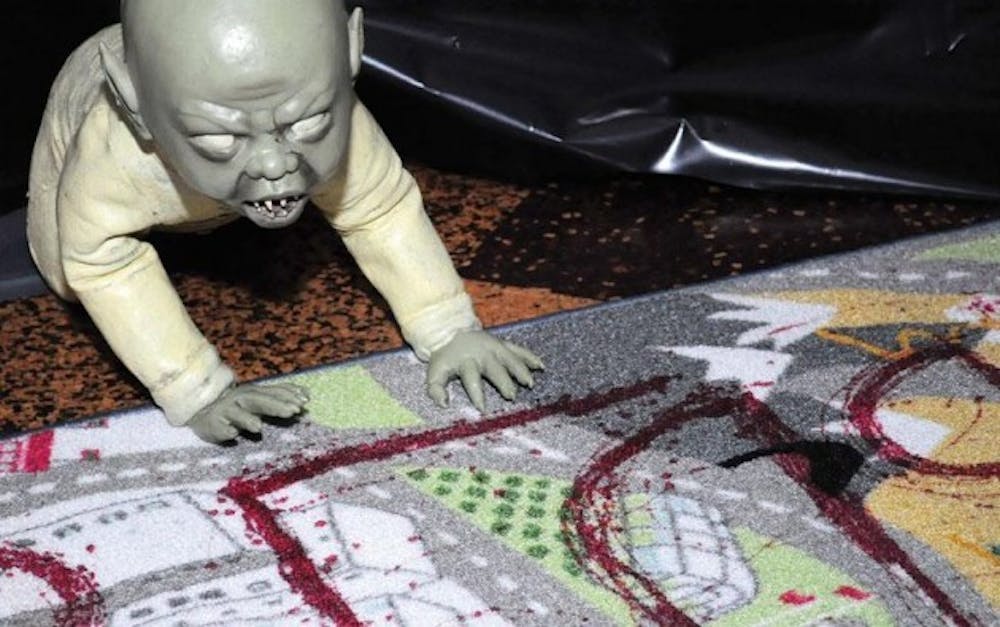It's a scene you'll probably see over the weekend: a grotesque monster is on the hunt. Suddenly, the music you're hearing hits a sharp note that makes the hair on the back of your neck stand up. A helpless victim scrambles to find a safe haven, but fails.
Heart racing, you start to wonder why you even started watching the horror movie.
Research done by the University of Utrecht has identified various motives for viewing horror films, including the need for excitement, the desire to feel intense emotions, and distraction from everyday concerns.
Society's fascination with the macabre stems from the perception that the world is an extremely violent and unpredictable place.
This perception evokes feelings of vulnerability and anxiety, which prompt individuals to look for ways to manage these feelings, whether by watching a horror film or dressing up as a monster, according to David Schmid, associate professor and associate chair of the English department.
"We're fascinated and intrigued by the ‘freedoms' that monsters seem to possess; that is, they are free from social conventions, from routines and responsibilities, and from needing the approval and recognition of their peers," Schmid said.
Indulging in our fascination with the scary and spooky provides exposure to things that frighten us, but in a controlled setting. We are exposed, but not harmed, according to Schmid.
"When we are scared, the brain triggers the ‘adrenaline rush,' which energizes us to flee from the danger; that gives us a pleasant feeling as it leaves us, and it can be sort of addictive," said Phil Stevens, Jr., a professor of anthropology. "That's the fear of witches and other evil creatures, and the same sensation [is] triggered by horror movies, which keeps us coming back to them."
In addition to the adrenaline rushes these movies induce, they also make us contemplate the worst scenarios that can happen to us, Schmid said.
"The scariest scary movies are ones that seem like they could really happen to you, like murderers hiding in your house or something like that," said Liz Hennessy, a junior environmental science major.
A 2007 study conducted by Eduardo Andrade and Joel B. Cohen of the University of California found that watching scary movies is a way to experience both positive and negative emotions simultaneously.
Strangely enough, as negative and absolutely horrific images play across the screen, the person watching the film is actually also experiencing positive emotions, according to Andrade and Cohen.
Before the magic of Halloween was glorified by cinema, the pagan holiday was a time to pay last respects to souls and bid them farewell as they departed for the other world, according to Stevens.
In Western Europe, on the evening before these services, ghosts, demons, and witches were allowed free reign outside of local villages. To keep them from entering the communities, treats were laid outside the town, which provided the foundation for what is known today as trick-or-treating.
Over time, the holiday has evolved into a day when people can reverse the roles and impersonate the supernatural, and it's completely socially acceptable.
"Part of the thrill of Halloween comes from acting in inappropriate ways," Schmid said "We indulge in fantasies in a harmless manner that attracts no criticism from others."
Students can get a Halloween fix in The Haunted Union in 145 Student Union on Friday and Monday from 11 a.m. to 3 p.m. and 7 p.m. to 11 p.m. The event is free and sponsored by Late Night UB.
Additionally, the Student Association will also be showing three screenings of the horror film Scream 4 at no charge to students on Monday at 5 p.m. in the SU Theater.
Email: news@ubspectrum.com





